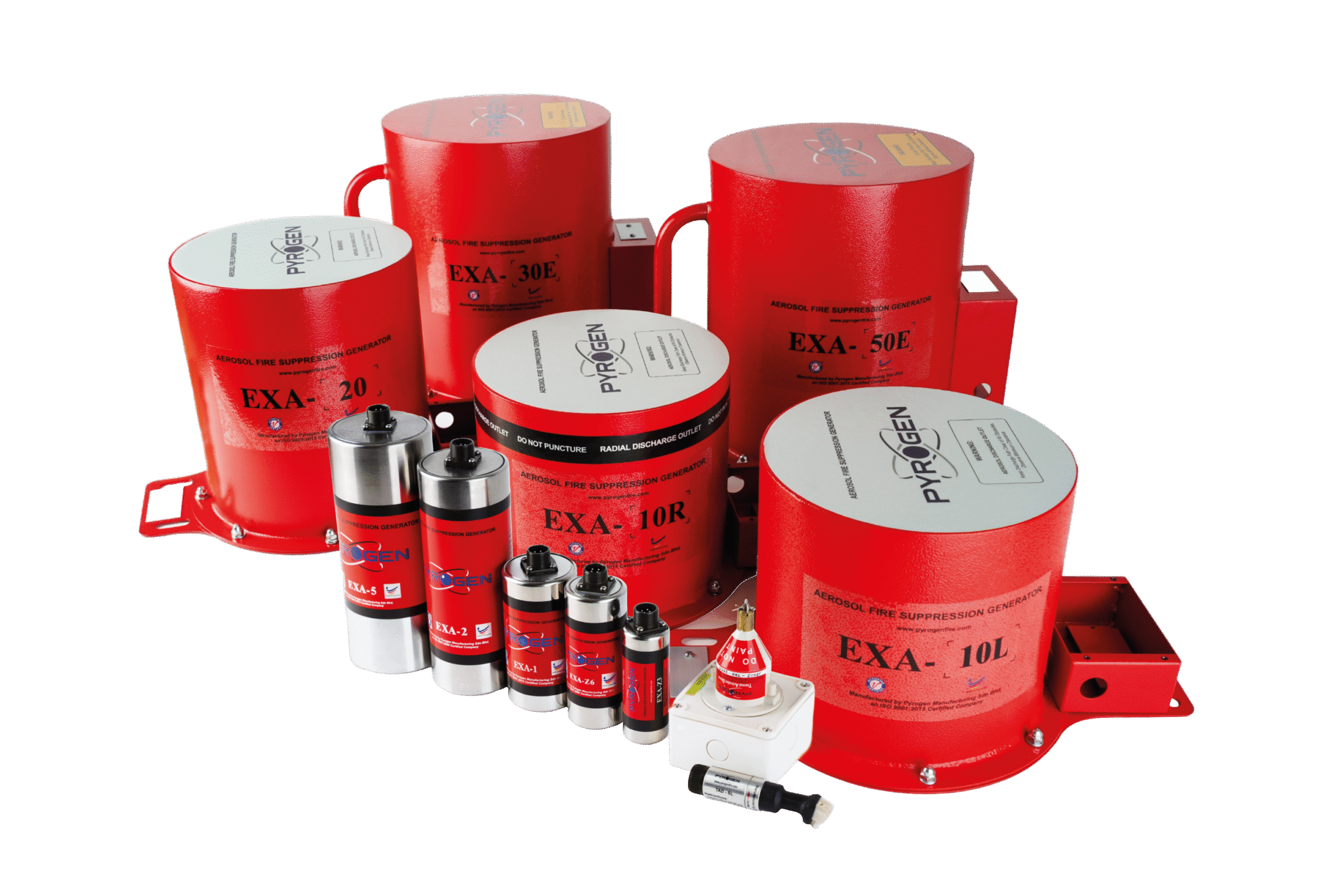
As governments and private enterprises increasingly transition toward renewable energy sources, the adoption of solar and wind energy technologies has grown significantly. Solar power systems and wind turbines have become common installations across both commercial and industrial sectors. However, with the integration of advanced electrical and mechanical systems, these technologies also introduce new and substantial fire risks that must be proactively addressed.
In particular, wind turbines pose unique fire protection challenges. Positioned in remote, hard-to-access locations—often more than 200 feet above ground—these structures operate autonomously and continuously under varying weather conditions. The nacelle, located at the top of the turbine tower, houses critical components such as the gearbox, generator, brake system, shafts, and control electronics. While lightning strikes are the most widely recognized cause of wind turbine fires, internal component failures—including gearbox malfunction, brake overheating, electrical faults, or short circuits—also represent significant ignition risks.
Given the value of each turbine and their role in grid contribution, the importance of automatic, early-response fire protection systems cannot be overstated. The risk of fire has gained increasing attention as the global deployment of wind turbines continues to expand at scale.
The consequences of fire incidents in renewable energy infrastructure—especially wind turbines—can be severe. One of the most common and costly scenarios involves damage to the inverter or associated enclosures, which can result in the ignition of surrounding materials. Fires may be caused by lightning strikes, overheating of components such as brakes or generators, the ignition of lubricants and hydraulic fluids, or faults in power converters and electrical systems.
According to industry data, fire-related incidents account for approximately 9% of total insurance claims in the wind energy sector. A single turbine fire can result in property losses up to $8 million, when factoring in asset replacement, repair, and downtime costs. These figures do not include the potential environmental damage or the impact on energy output and contractual obligations.
Furthermore, renewable energy systems integrated into commercial or industrial structures—such as rooftop solar arrays—introduce additional fire risks to the buildings themselves. In the event of a fire, these technologies can complicate firefighting efforts and pose a danger to both occupants and first responders.
Given these risks, it is essential to implement robust fire detection and suppression systems specifically engineered for renewable energy applications. Early detection and targeted suppression are key to minimizing damage, ensuring personnel safety, preserving system integrity, and maintaining continuity of energy production.
Preserve the core of your business operations by safeguarding critical assets and human lives from potential fire hazards.
With Pyrogen’s fire suppression systems, your operations can run seamlessly with minimal disruptions from fire incidents and your employees can work in a safe environment.
Pyrogen’s range of fire suppression systems are certified to international fire standards, environmentally friendly and manufactured with stringent quality standards.

